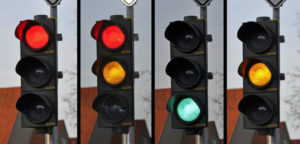
The Instructional Value of Formative Assessment and Feedback
Formative writing assessments, like writing-to-learn activities, provide instructors with valuable and ongoing insights into student learning. Often ungraded, these activities or assessments can create opportunities for instructors to generate formative feedback that helps students see where they are in the course, what they are











